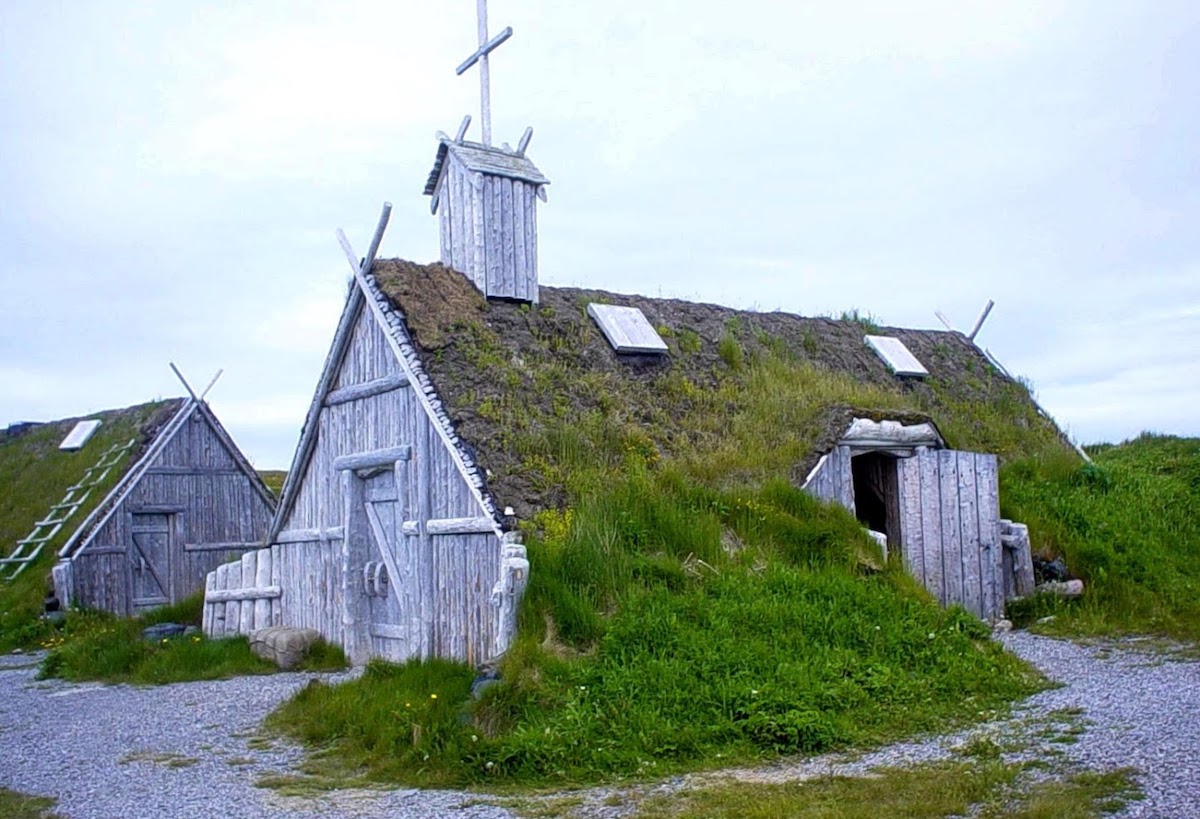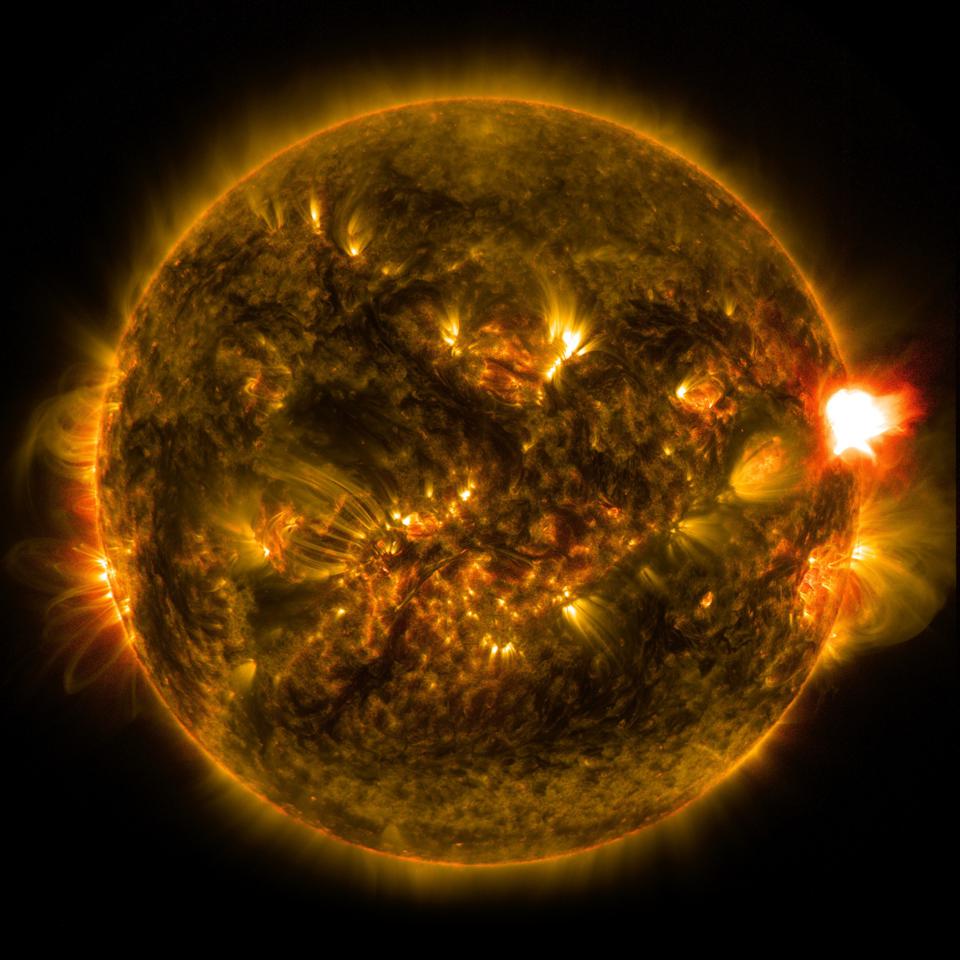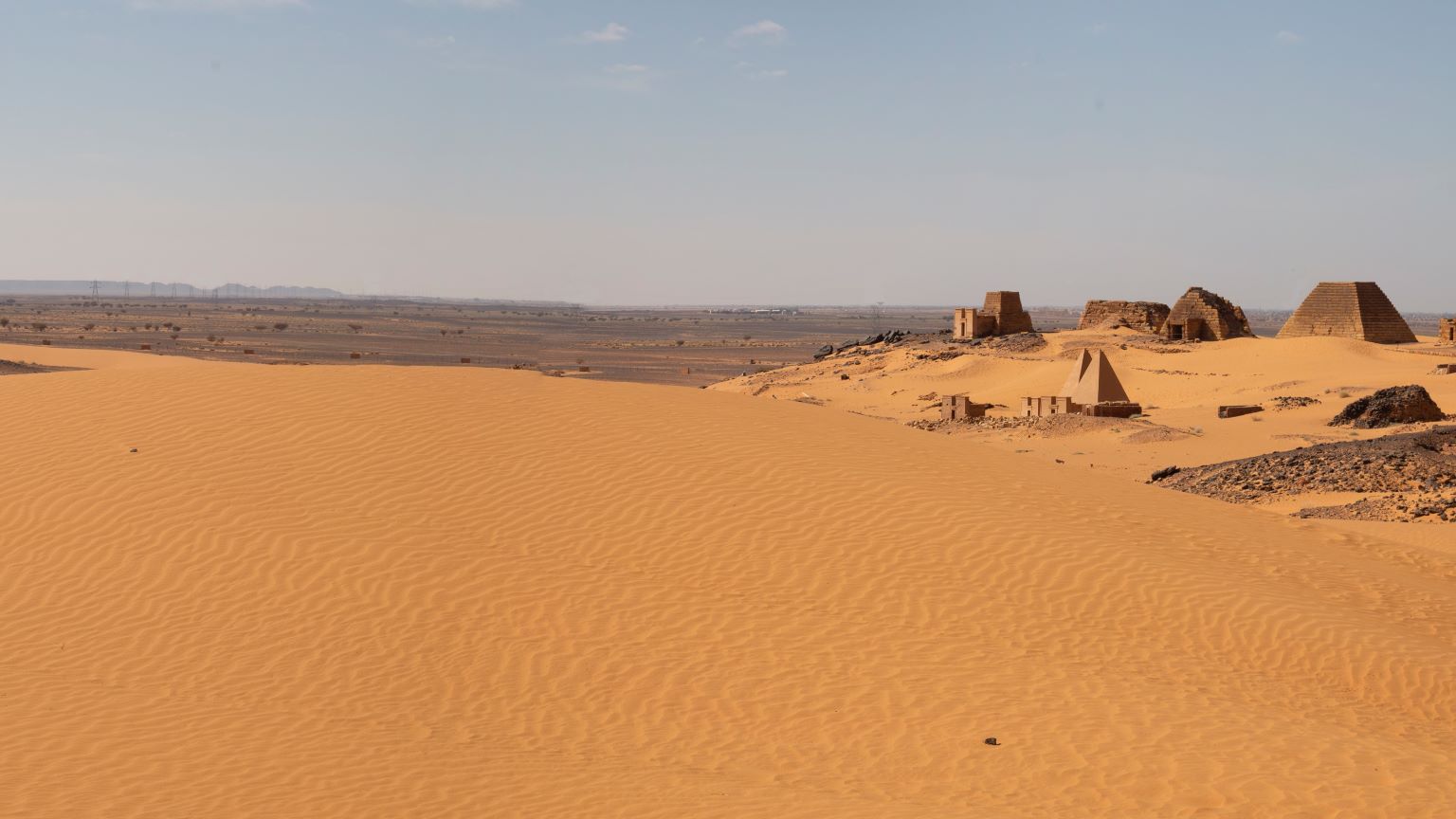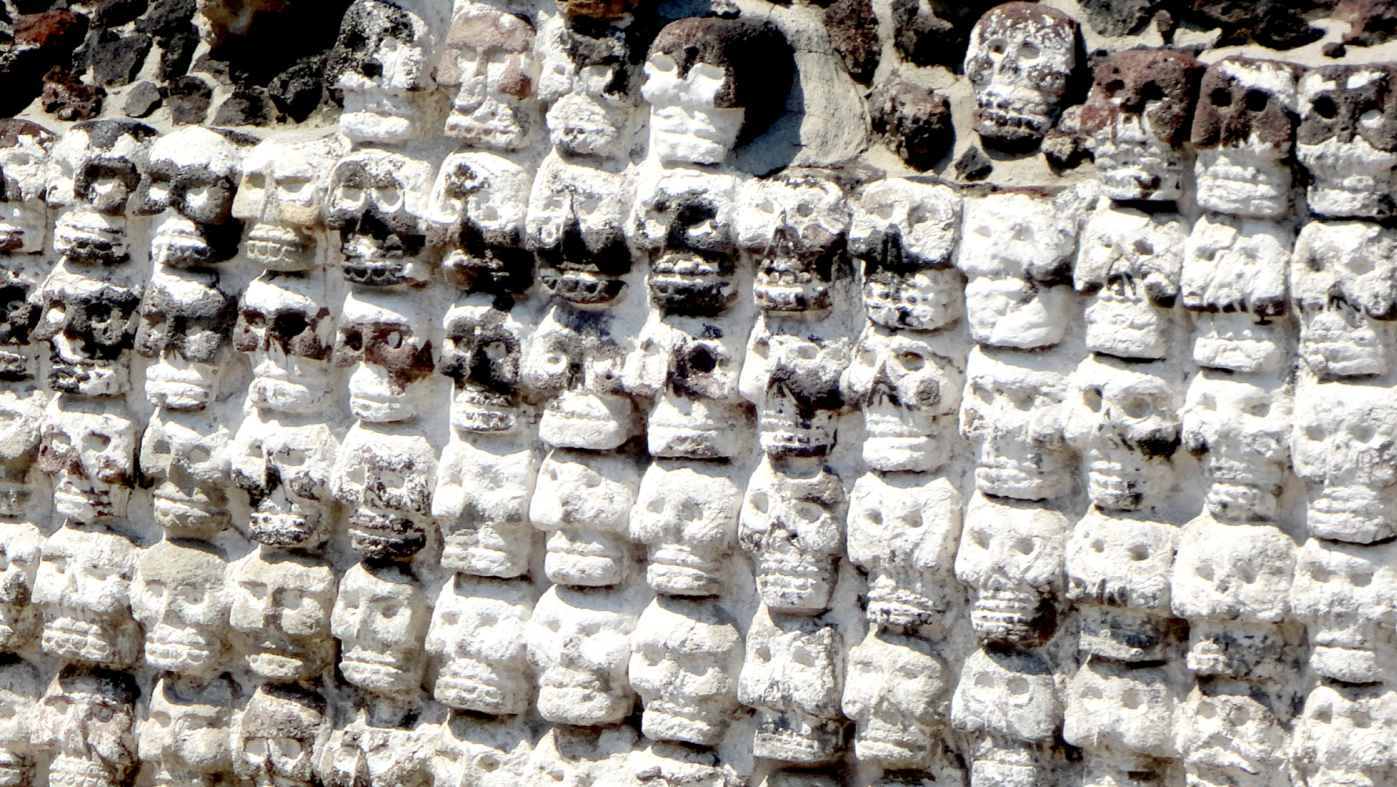The Carrington event of 1859 disrupted telegraph lines. A “Miyake event” would be far worse
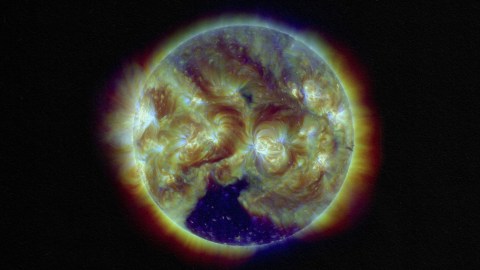
- In 1859, a solar flare sent charged particles into Earth’s atmosphere. Known as the Carrington event, the phenomenon was powerful enough to disrupt the world’s telegraph lines.
- Research into tree rings has revealed “Miyake events” which are characterized by sudden, single-year leaps in the concentration of carbon-14, indicating cosmic events significantly more intense than the Carrington event.
- While Miyake events are extremely useful for dating the past, a Miyake event today would disrupt nearly every aspect of modern life.
A little after midnight in the late summer of 1859, campers dozing beneath the night sky in the Colorado Rockies woke to a display of auroral light “so bright one could easily read common print.” In their account of the event, published in the Rocky Mountain News, the party recalled that “some insisted it was daylight and began the preparation of breakfast.”
Thousands of miles away, crowds gathered in the streets of San Francisco with eyes turned skyward. “The whole sky appeared to undulate something like a field of grain in a high wind; the waters of the Bay reflected the brilliant hues of the Aurora,” wrote one journalist in the San Francisco Herald on September 5, 1859. “Nothing could exceed the grandeur and beauty of the sight; the effect was almost bewildering and was witnessed with mingled feelings of awe and delight by thousands.” City dwellers around the world shared this experience.
The two-day celestial event did more than inspire poetic musings and temporarily confuse songbirds who began chirping in the night. Almost immediately, the world’s 100,000 miles of telegraph lines fell silent, victim to a wave of space-borne electric current strong enough to fry the systems. The communications system of the time fell “so completely under the influence of the Aurora Borealis that it was found utterly impossible to communicate between the telegraph stations.”
These famous few days were termed the Carrington event, named after a British astronomer who connected the phenomenon with a huge solar flare that sent charged electrons and protons into the Earth’s magnetic field.
The history of the cosmos, hidden in trees
While humanity stood frozen in bewilderment, awe, and sometimes terror, a Japanese cedar on Yaku Island silently gulped up carbon dioxide, converting the gas to sugar and embedding some of the carbon within its millimeter-thin growth rings.
Around 150 years later, in 2012, Nagoya University graduate student Fusa Miyake was carefully studying the faint growth rings of this 1900-year-old Japanese cedar, which had been felled in 1956. Miyake was looking for a story bound in the cellulose of the tree’s rings. Specifically, she was looking for a surge of carbon-14.
Also called radiocarbon, carbon-14 is a slightly heavier version of the stable element carbon, or carbon-12. Whereas carbon-12 has six protons and neutrons, carbon-14 has six protons and eight neutrons. Carbon-14 is unstable and decays over time. This isotope accounts for around one part in one trillion of the carbon moving through the global carbon cycle. Still, its signal is strong enough for researchers to distinguish radiocarbon from stable carbon in organic remains such as tree rings.
However, the concentration of carbon-14 can vary. Most notably, violent space weather events, like the solar flare responsible for the 1859 Carrington event, can unleash short, exceptionally intense showers of high-energy particles and increase the atmospheric concentration of carbon-14.
Carrington was just a blip
Miyake was not researching the Carrington event, but something bigger and more distant. Thanks to previous research, she knew there had been a pronounced carbon-14 spike sometime in the late eighth century. Eventually, she found an unmistakable signal: Between 774-775 AD, she noted a 12% jump in carbon-14 that suggested an event 20 times larger than ordinary cosmic phenoemna. Other researchers confirmed Miyake’s findings with European and North American trees. Scientists found a similar signal in beryllium isotopes present in Antarctic ice cores. The collective findings provided abundant evidence that the event in question was a global, rather than a local, phenomenon.
Miyake and her team published their results in Nature in 2012. Since then, more “Miyake events” — characterized by sudden, single-year leaps in the concentration of carbon-14 in trees, as well as beryllium-10 and chlorine-36 in ice sheets — have been confirmed in 7176 BC, 5410 BC, 5259 BC, 774 AD, and 993 AD.
Miyake events exhibit significantly greater intensity than the solar or stellar events that could have triggered the Carrington event in 1859. “Those two scintillating days in 1859 are barely a blip,” Charlotte Person, a dendrochronologist at the University of Arizona, told Science. The carbon-14 stored in tree rings that year barely surged at all.
A new way to date the past
The aforementioned Science article, written by Michael Price, describes how the groundbreaking discovery of Miyake events has armed researchers with a new method to date historic events with unprecedented precision by pegging them to these cosmic surges.
While the use of carbon-14 for dating purposes is not novel, its application has limitations. Due to the scarcity of radiocarbon in the atmosphere, researchers require a substantial amount of organic material to accurately date objects. Typically, a decade’s-worth of tree rings is needed to take a reasonable measurement, making the reconstruction of historical timelines uncertain. This imprecision is particularly evident when trying to differentiate significant occurrences that transpire within a single day, such as a natural disaster, from those that unfold over a number of years. If World War I and World War II happened in prehistoric times, they would be indistinguishable.
However, during Miyake events, a much higher concentration of radiocarbon is present in the atmospheric carbon dioxide that plants take up and convert to sugars. Consequently, more radiocarbon is packed into a single growth ring, and scientists can determine the exact year that ring was built. They can then count to the outer ring of the tree to know the year that it died.
A Miyake event and some basic math
Scientists immediately understood how they could use Miyake events to precisely date historic occurrences or specimens. For example, archaeologists from the University of Groningen used a Miyake event to date a Viking settlement in Newfoundland, L’Anse aux Meadows, providing definitive evidence that the Vikings beat Columbus to North America.
The researchers speculated that the settlement was built sometime near the end of the first millennium, and that it probably happened sometime near the 992 Miyake event. They found that event’s telltale signature in the settlement’s wooden objects and counted backward from the outer ring of the tree, which represents the last year of its life — the year it was chopped down to construct the settlement. Twenty-nine rings separated the outer layer from the Miyake event. Though they needed very precise scientific instruments to find the 992 event, the rest was simple math: The Vikings chopped the wood 29 years after 992, or in 1021.
In another application, researchers from the University of Cambridge used the 774 AD Miyake event to date a larch found buried by volcanic ash from the “Millennium eruption” of Mount Maketu. That eruption, we now know, took place in 946 AD. With more putative Miyake events identified, researchers are starting on exciting projects like aligning the Aztec calendar with our Gregorian system. The possibilities are nearly endless. Equipped with the knowledge of Miyake events, scientists can identify more precise dates for just about any historical event — provided that they find a suitable tree.
A Miyake event would cripple modern society
Unfortunately, Miyake events also carry an ominous promise to disrupt the future. In the face of a Carrington-level event, our modern telecommunications systems would collapse. Chaos would ensue.
But remember, the Carrington event was relatively minor. Faced with a surge of high-energy particles characteristic of a Miyake event — one powerful enough to leave its mark in the rings of trees — the induced current would flood the thousands of satellites that encircle Earth, crippling them for months and possibly years. Power grids would topple immediately, leaving anything reliant on electricity, like lights, electric vehicles, and ventilators, inoperable. Astronauts would undoubtedly receive lethal doses of radiation, and even people on board airplanes could encounter dangerous levels.
Given the threat, scientists are scrambling to determine the exact cause of a Miyake event and whether it follows any predictable pattern or cycle. With this information, we could pre-emptively shut down all satellites and telecommunications systems, ground all airplanes, and bring astronauts home. Alternatively, we could develop methods to shield people and equipment on Earth and in space. As it stands, the Earth is a helpless target, completely blind as to when a Miyake event might surge toward the planet. There is no scientific consensus regarding proposed explanations for the source of these events, like supernovas or solar flares.
Some researchers doubt we will understand what causes Miyake events until we can directly observe and measure one using scientific instruments. This is a fate we would obviously like to avoid. And in the event, we would lose the data almost as soon as we received it.
